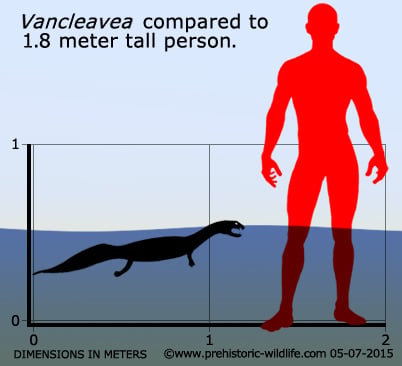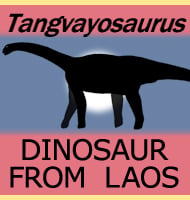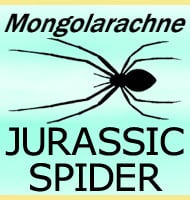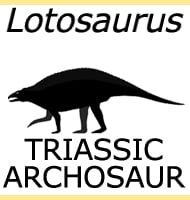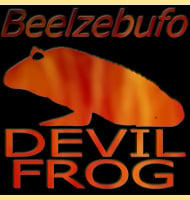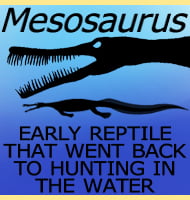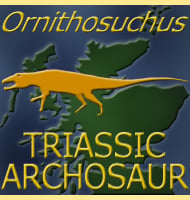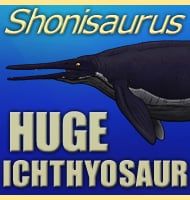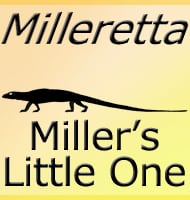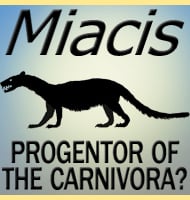In Depth
Vancleavea is a quite unusual genus of reptile as it is quite unlike any other known reptile. Vancleavea had a long body, thick bones, short limbs and a particularly dense and robust skull. Thick bones such as these are commonly seen in reptiles that spend lots of time swimming under the surface of the water as the additional weight from the thicker bones helps overcome problems with buoyancy. The caudal (tail) vertebrae of Vancleavea also have enlarged neural spines which greatly increase the height of the tail meaning even more push against the water, further increasing the plausibility of a swimming lifestyle. The nostrils also faced up, not forwards, indicating that Vancleavea could still breathe normally in water just by sticking the top of its head out of the water. However Vancleavea still likely returned to land to rest and possibly lay eggs.
Vancleavea had large and robust teeth that would have been well suited to tougher prey animals such as arthropods, molluscs or even heavily scaled fish. Vancleavea also had osteoderms (bony plates), which may have been there to help protect Vancleavea from other predators that would have been active in the same locations. The hips of Vancleavea are noted as being similar to those of drepanosaurs, though if this is a common familial link or a case of convergent evolution is still unclear at the time of writing.
Further Reading
- Late Triassic (Carnian and Norian) tetrapods from the southwestern United States. - New Mexico Museum of Natural History and Science Bulletin 4:1-254. - Robert Long & Phillip A Murry - 1995. - New information on the Upper Triassic archosauriform Vancleavea campi based on new material from the Chinle Formation of Arizona. - Palaeontologia Electronica 11 (3): 20p. - W. G. Parker & B. Barton - 2008. - The osteology and relationships of Vancleavea campi (Reptilia: Archosauriformes). - Chinleana: Discussion of Late Triassic paleontology and other assorted topics. Retrieved 2009-11-29. - Bill Parker - 2009. - The osteology and relationships of Vancleavea campi (Reptilia: Archosauriformes). - Zoological Journal of the Linnean Society 157 (4): 814–864. - S. J. Nesbitt, M. R. Stocker, B. J. Small & A. Downs - 2009.
